Be present and thankful
Hygge – pronounced ‘who-guh’ - isn’t just about our surroundings, for example, warmth and comfort; it is also about connection and appreciation. Now, more than ever, we need to find meaningful connections in this world. Mindfulness is one way to help 'ground' ourselves. Being present is actually a simple step to take, once you recognise your own ‘barriers’ to being mindful.
A simple practice is meditation. Taking five minutes to sit quietly and follow our breath can help us feel more conscious and connected – hold the in-breath for several seconds before releasing, and help your mind slow down by imagining a simple waterfall cascading, or rhythmical, gentle waves lapping on a beach. Why not try a guided meditation?
A key part of mindfulness is savouring what we are doing, whether it is drinking a cup of tea from a beautiful, favourite cup, or being still and focusing on the taste and feel of an indulgent snack we’re eating.
In these worrying times, when it is easy to feel overwhelmed by the news coverage, we must try to take a step back to connect with our surroundings and give thanks – this will help develop personal resilience and inner strength. (Of course, prayer could be considered a form of focussed mindfulness, and is the ultimate way of recognising gratitude, no matter to whom you are praying.)




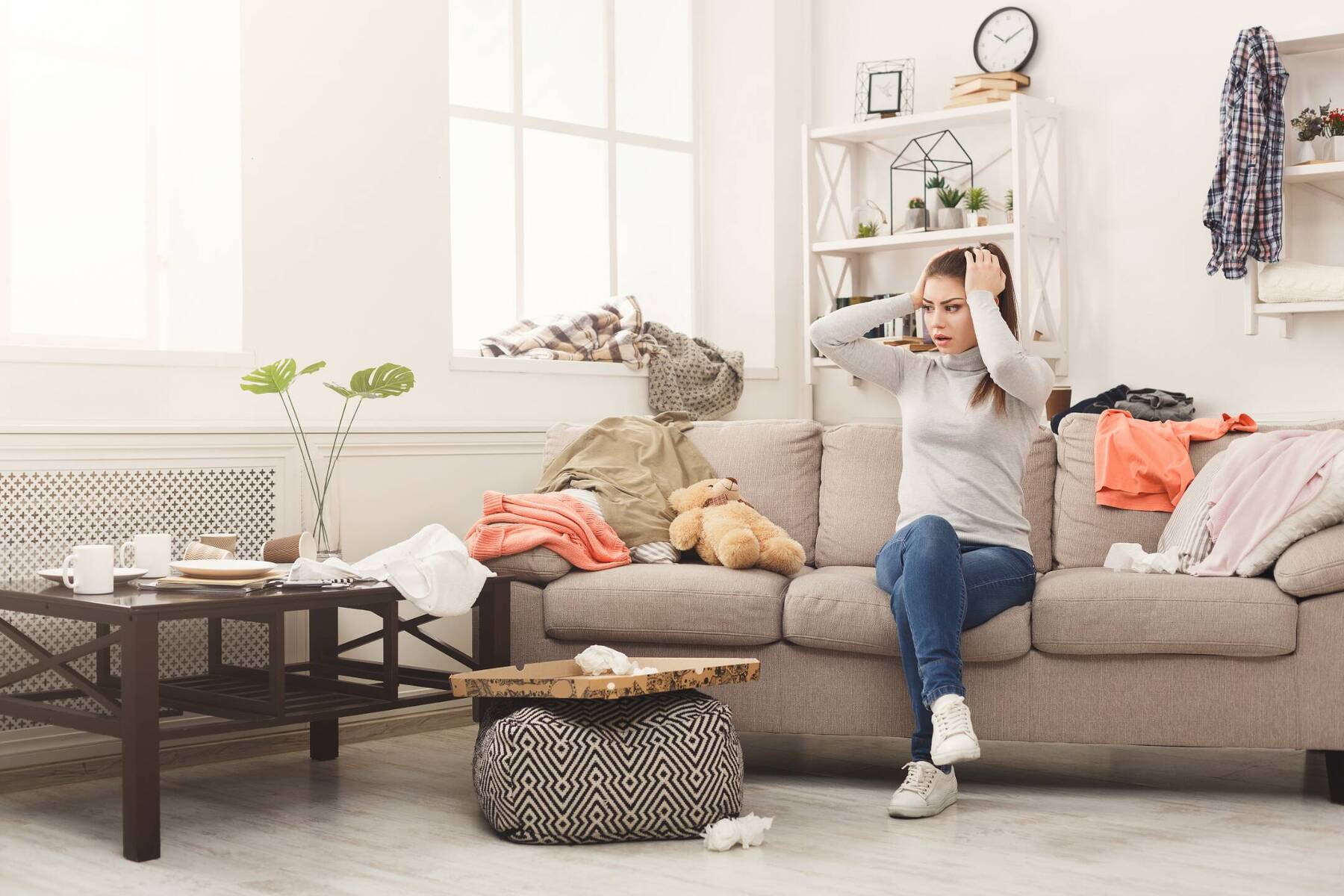
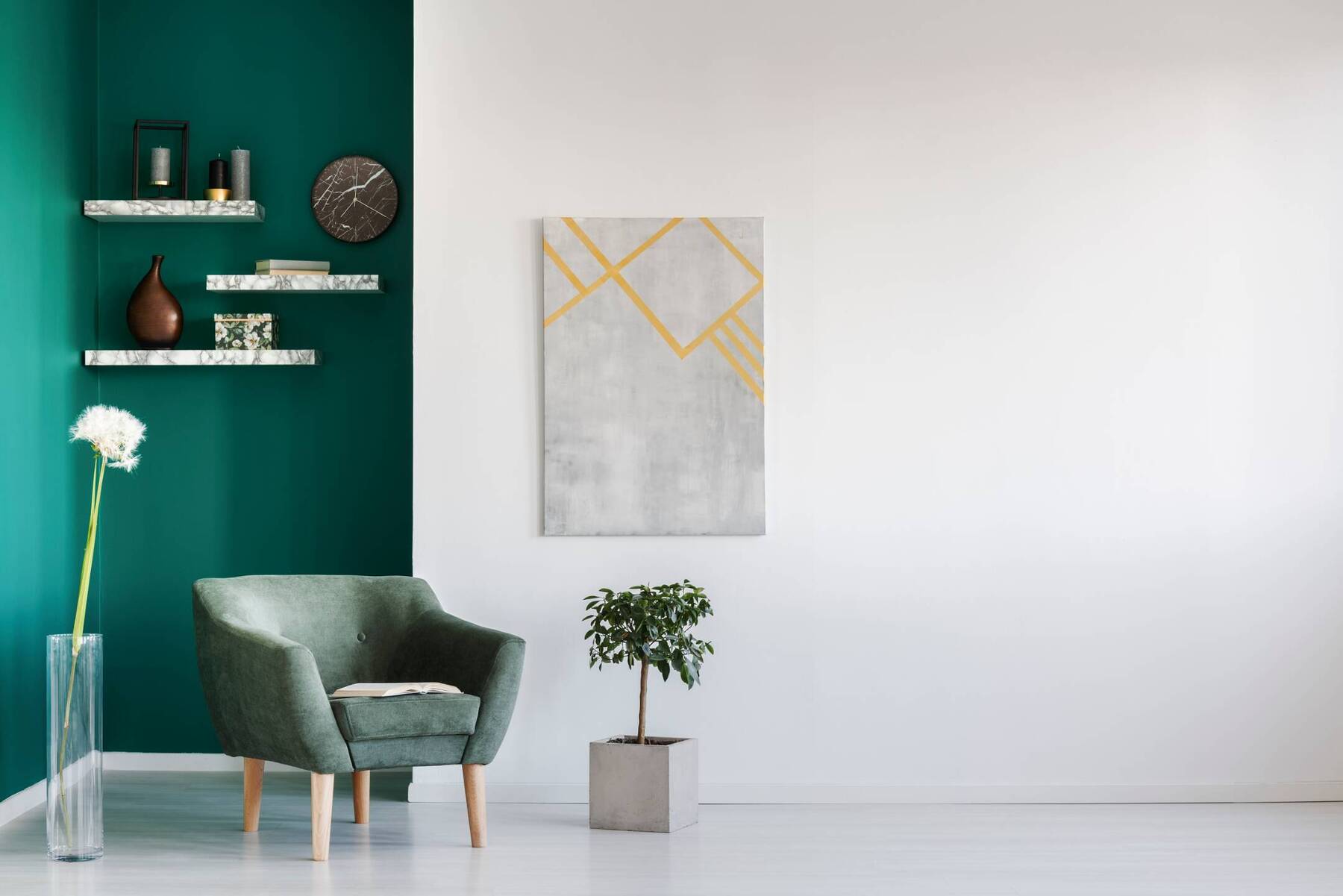
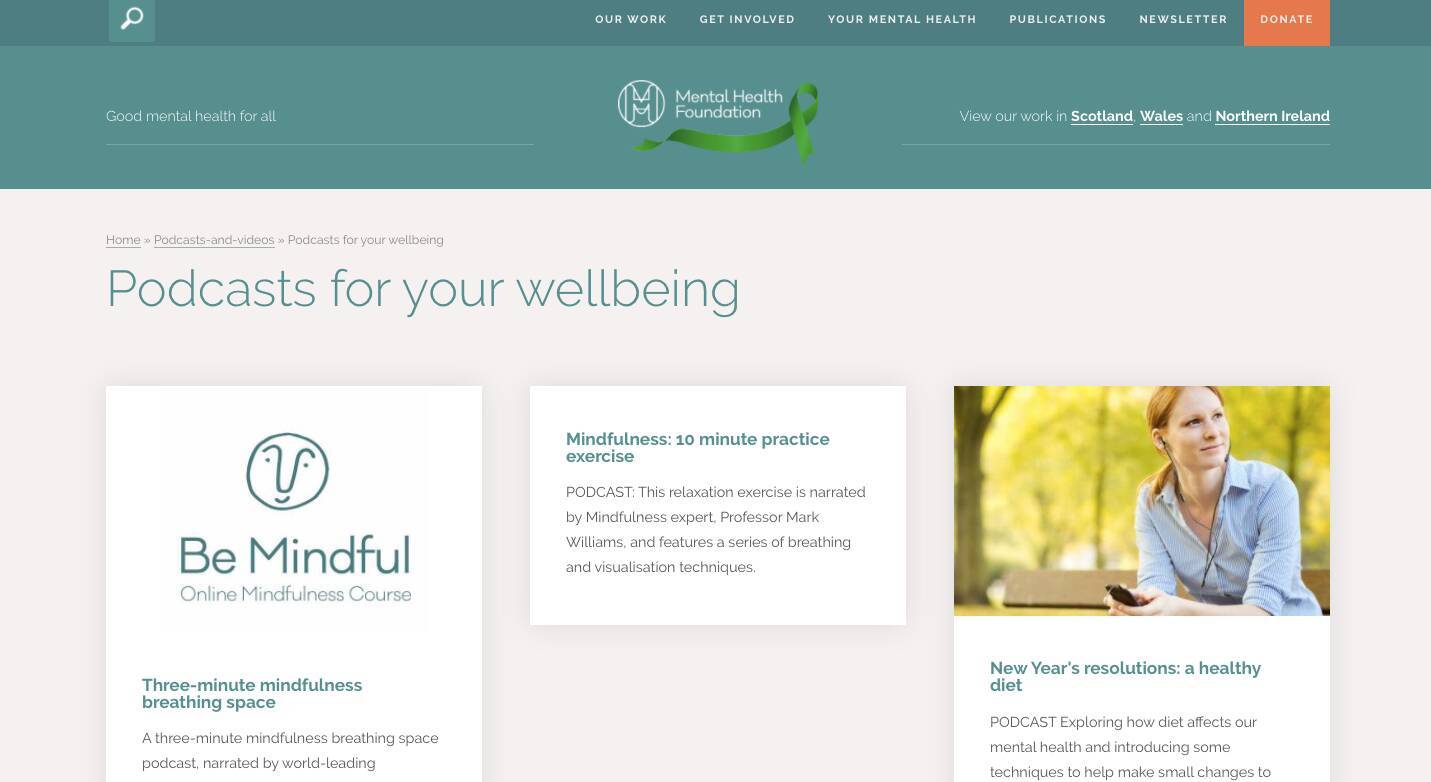
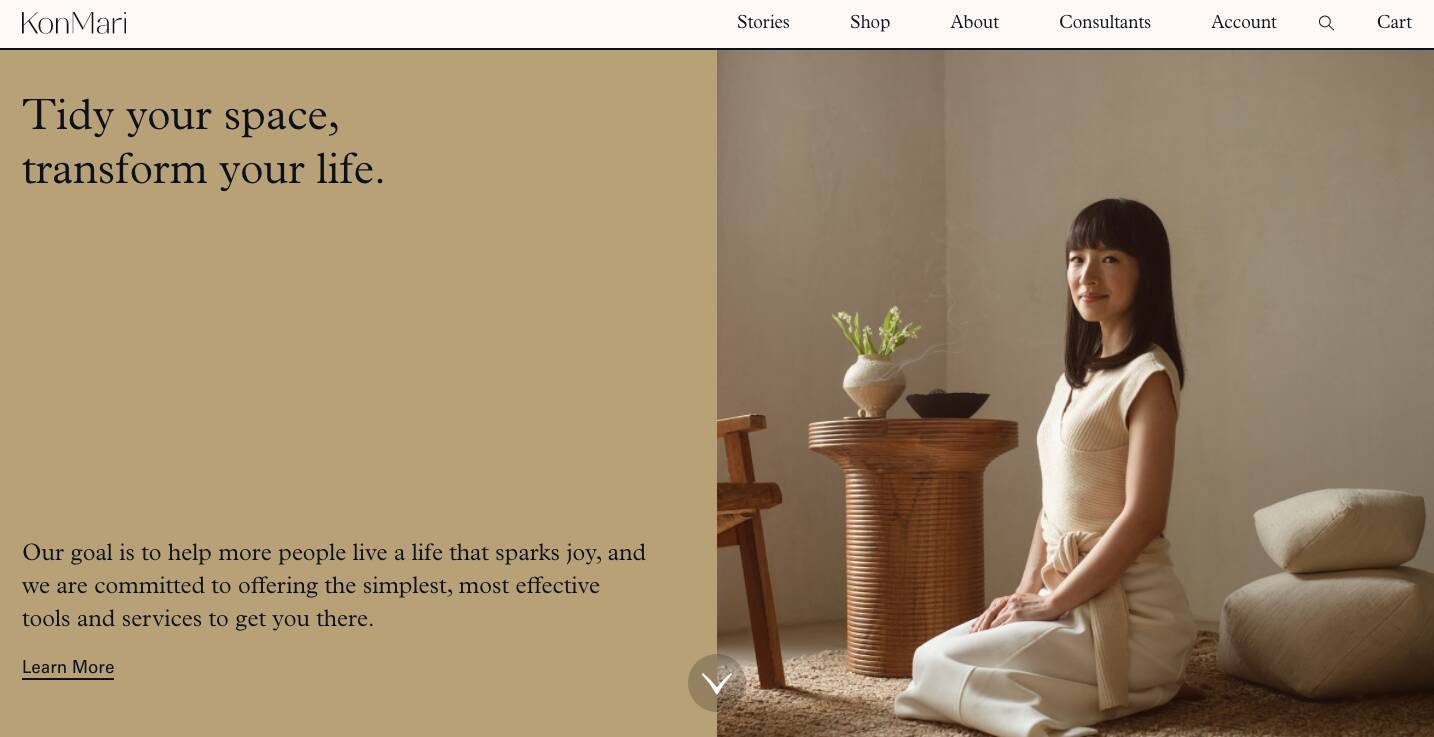
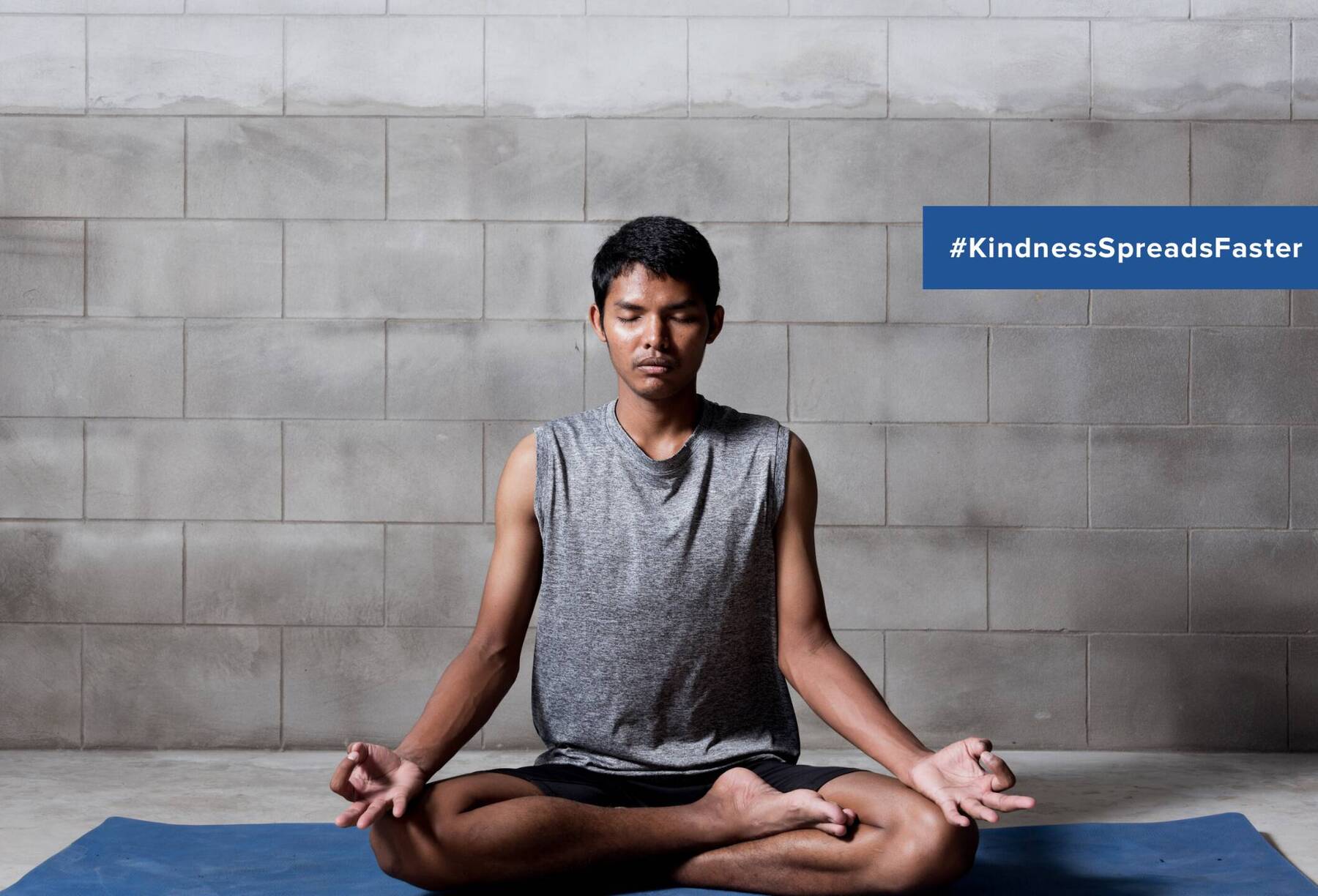
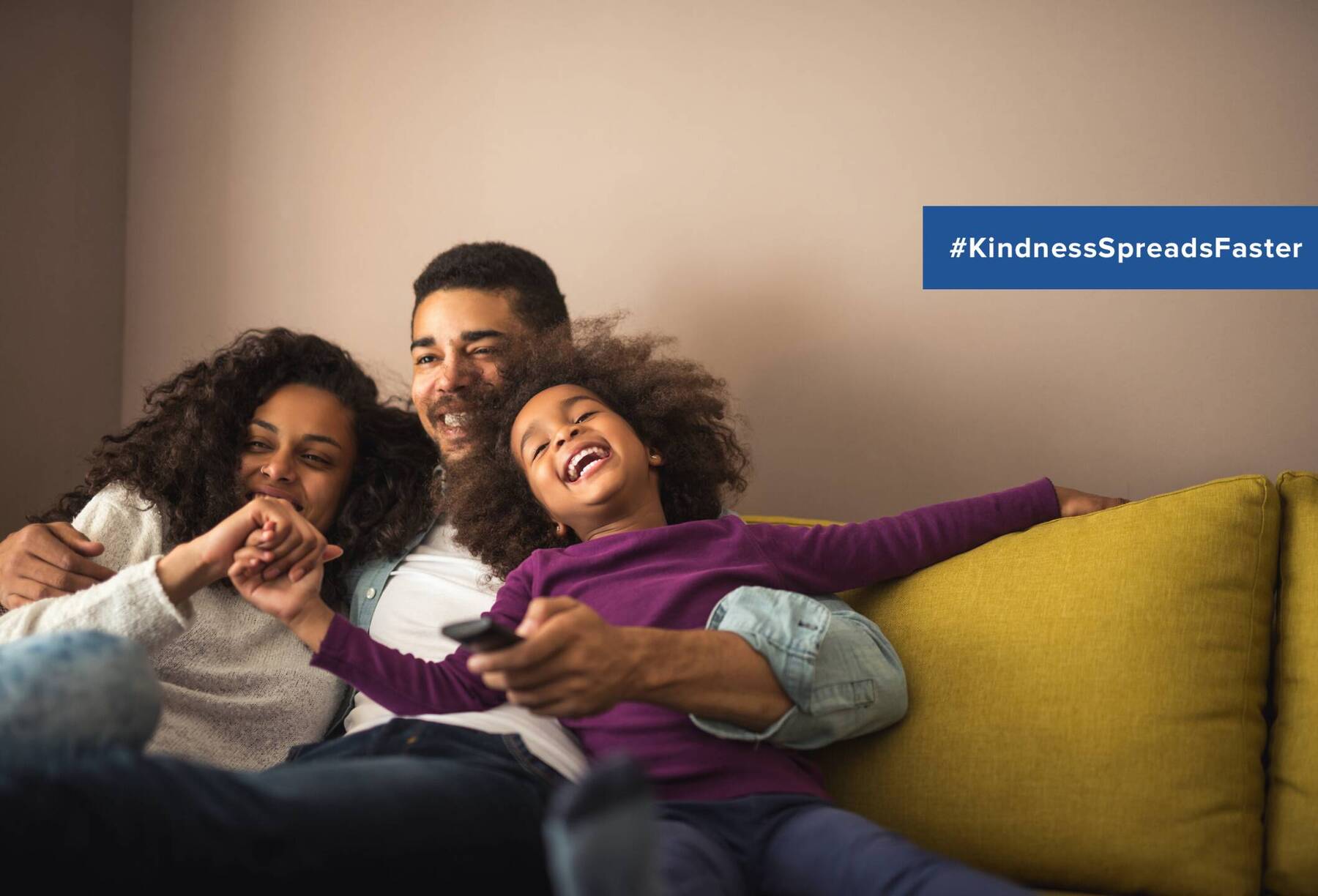
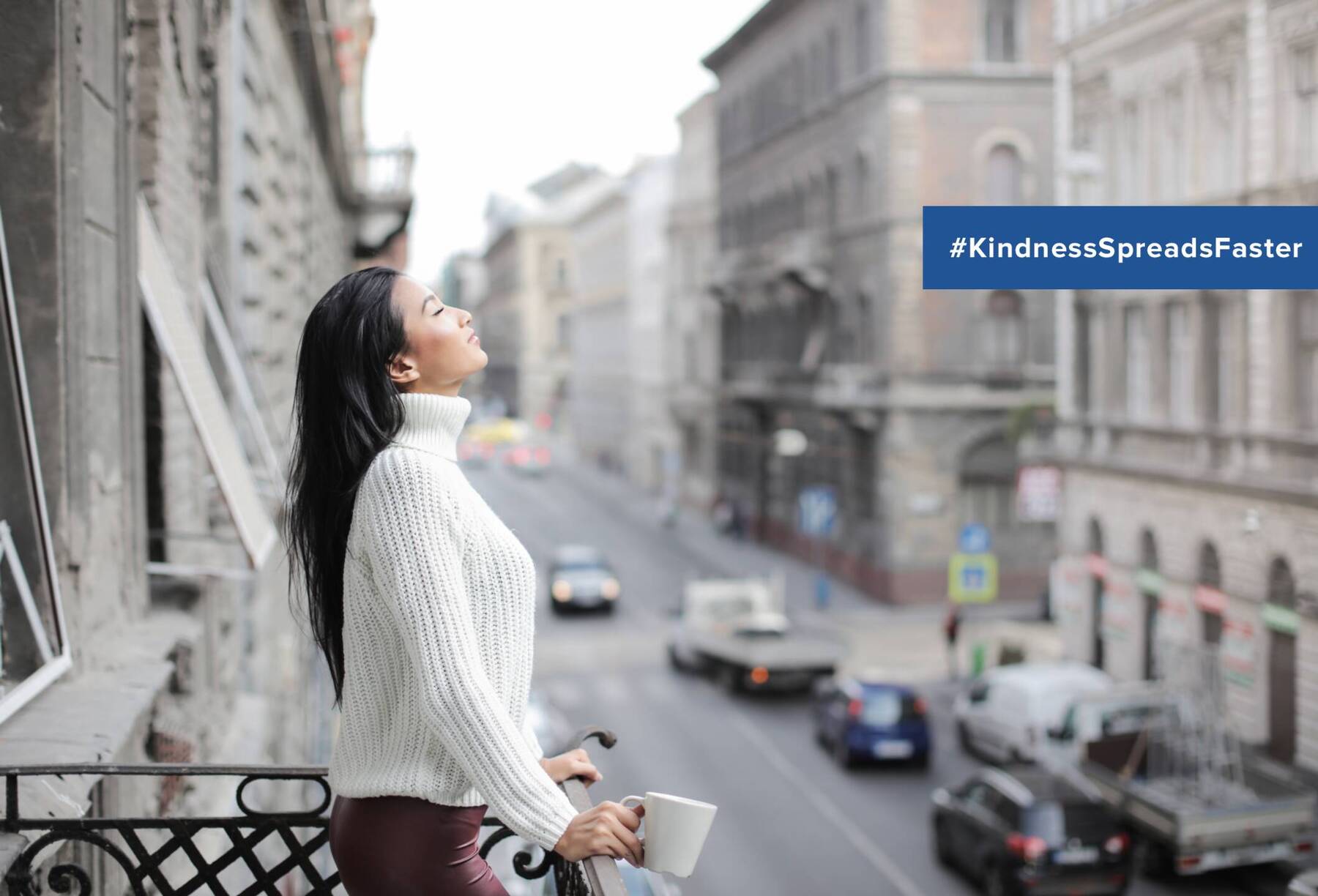




Comments